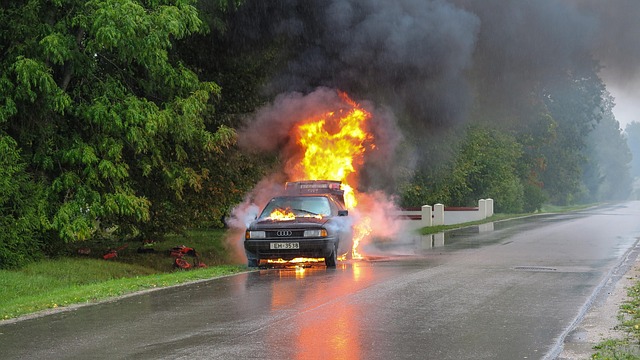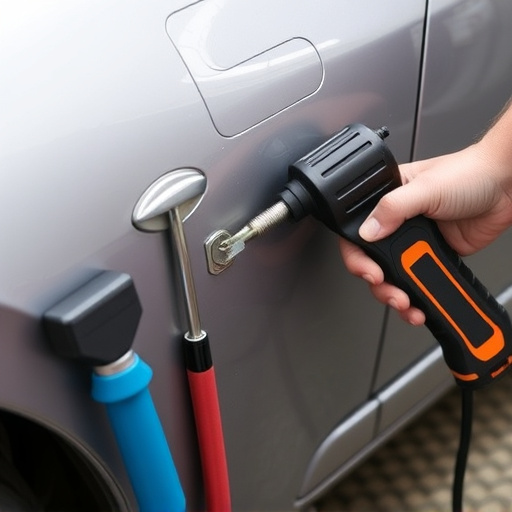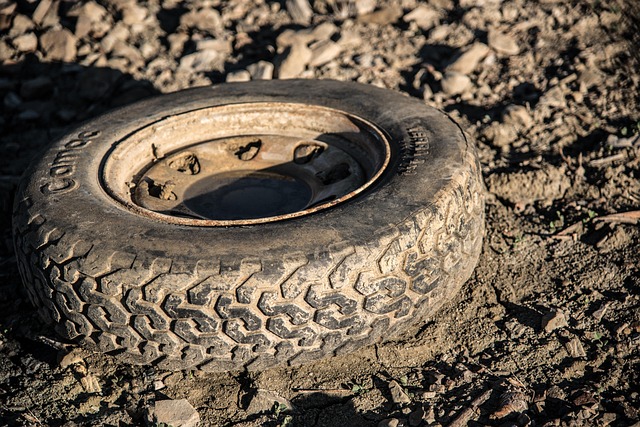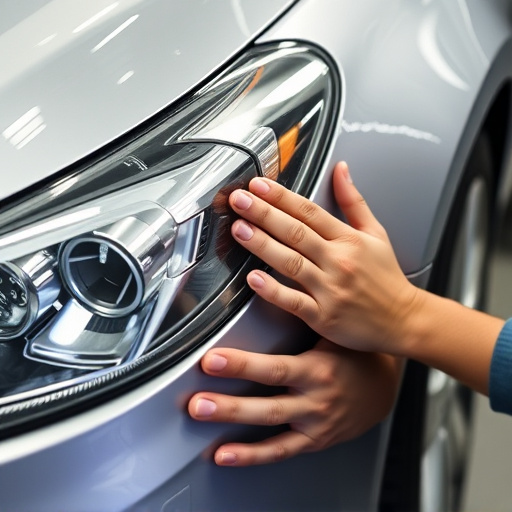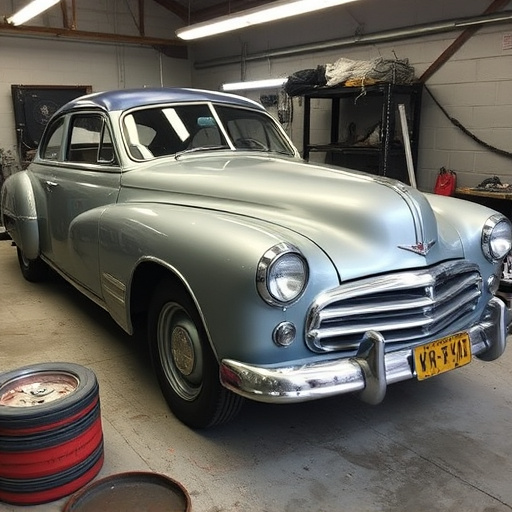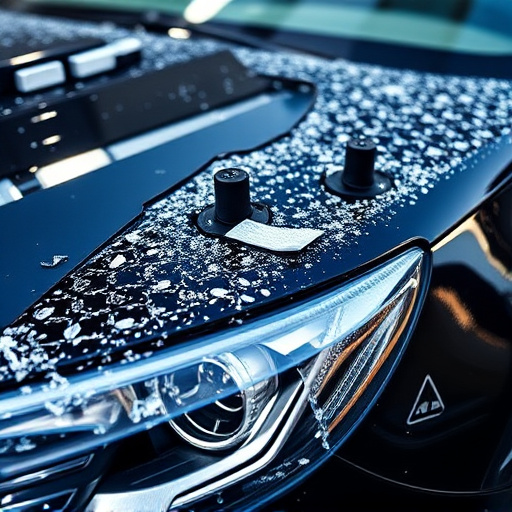After an accident, meticulous pre-inspection of composite materials is crucial. This involves a visual assessment for visible damage and non-destructive testing like ultrasonic scanning or infrared thermography to detect hidden defects. Safety measures, including PPE and workspace securement, are paramount. The initial phase ensures accurate repair, encompassing dent removal and auto body painting, meeting safety standards and aesthetic expectations. Prioritizing safety during inspection and repair includes handling hazardous substances, donning appropriate PPE, clear communication, and systematic removal of damaged components, aligning with best practices in composite material repair.
After a mishap involving composite materials, a thorough inspection checklist is paramount for ensuring safety, identifying damage, and guiding effective repairs. This article provides an in-depth guide for professionals tasked with evaluating composite structures post-accident. We cover pre-inspection safety measures, from hazard assessment to creating a safe workspace. The main body delves into the intricate process of inspecting composite materials, encompassing visual assessments, dimensional analysis, non-destructive testing, and structural integrity evaluations.
Additionally, we explore critical steps in documention, reporting, and strategic repair planning, including best practices for composite material repair, ensuring long-lasting solutions.
- Pre-Inspection Assessment and Safety Measures
- – Identifying the scope of damage
- – Ensuring a safe work environment
Pre-Inspection Assessment and Safety Measures
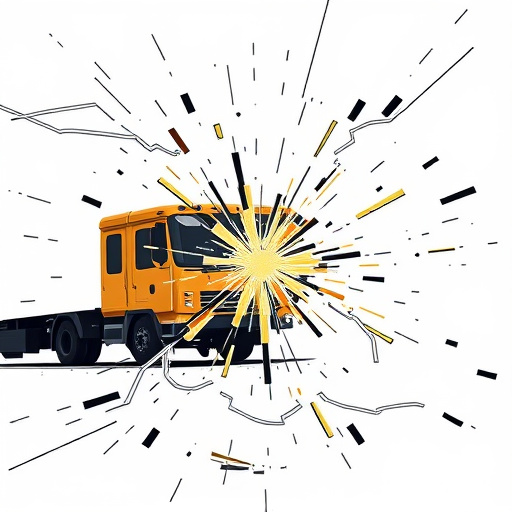
Before conducting a composite material inspection after an accident, it’s crucial to perform a thorough pre-inspection assessment and implement safety measures. This initial step involves evaluating the damage and assessing the structural integrity of composite components. Inspection teams should don appropriate personal protective equipment (PPE), including gloves, goggles, and respirators, to safeguard against hazardous materials or debris. The workspace must be secured to prevent unauthorized access and ensure the safety of all personnel.
During this phase, a visual examination is conducted to identify visible damage such as cracks, delaminations, or impact sites. Additionally, non-destructive testing methods like ultrasonic scanning or infrared thermography may be employed to uncover hidden defects within composite materials. This meticulous pre-inspection process paves the way for accurate composite material repair, encompassing procedures like dent removal and auto body painting, ensuring the restored vehicle meets safety standards and aesthetic expectations.
– Identifying the scope of damage

After an accident, the first step in composite material inspection is to identify the scope of damage. This involves a thorough visual assessment of the vehicle’s bodywork, focusing on any visible cracks, dents, or delaminations. Composite materials used in modern car repair services and collision repair shops are designed to withstand impact but can fail if not properly maintained or if subjected to excessive force during a collision. Inspectors should pay close attention to areas prone to damage, such as the hood, fenders, and doors.
Using appropriate tools and equipment, including high-resolution cameras and digital measurement devices, the inspection team can capture detailed images and data that will aid in identifying subtle defects that may not be immediately apparent. This meticulous process is crucial for accurate composite material repair, ensuring that every damaged component is correctly assessed and addressed to restore the vehicle’s structural integrity and aesthetic appeal, back to its pre-accident condition.
– Ensuring a safe work environment
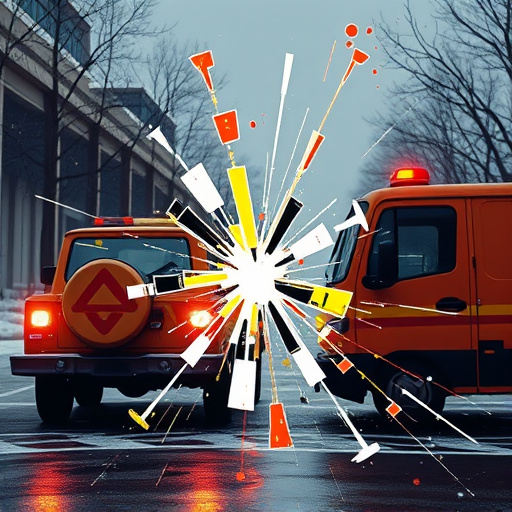
In the aftermath of an accident, particularly involving composite materials like those commonly found in modern car bodywork, ensuring a safe work environment is paramount during the inspection and repair process. This includes meticulous preparation to mitigate risks associated with handling hazardous substances or debris that may have been exposed during the collision. A well-regulated workspace guarantees the safety of both workers and future occupants of the vehicle, which is crucial for effective composite material repair in a collision center.
Proper safety protocols, such as donning appropriate personal protective equipment (PPE), establishing clear communication channels, and implementing systematic removal of damaged components, are essential steps to create a secure atmosphere. These measures prevent accidents from occurring again, ensuring that the composite material repair process is not only effective but also conducted in an environment free from potential hazards, aligning with best practices in vehicle collision repair.
Following an accident involving composite materials, a thorough inspection checklist is vital for ensuring safe removal and repair processes. By first assessing the damage scope and establishing a secure work area, professionals can effectively navigate complex composite structures. This systematic approach to composite material inspection not only guarantees worker safety but also facilitates efficient and precise repairs, emphasising the importance of these initial steps in the composite material repair process.
